Latest from Buyers Guides
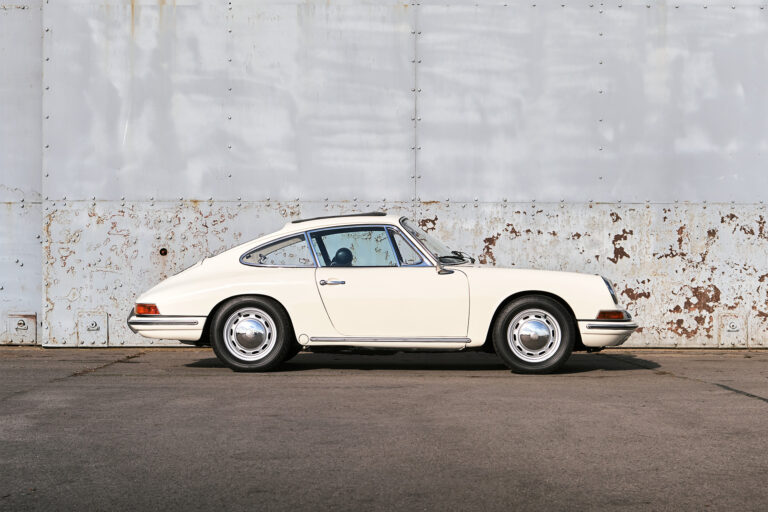
Top Tips for Buying a Used Porsche 912 (1965-76)
Reading between the lines of reviews written about the Porsche 912 when new, there seemed to be two possible reasons...
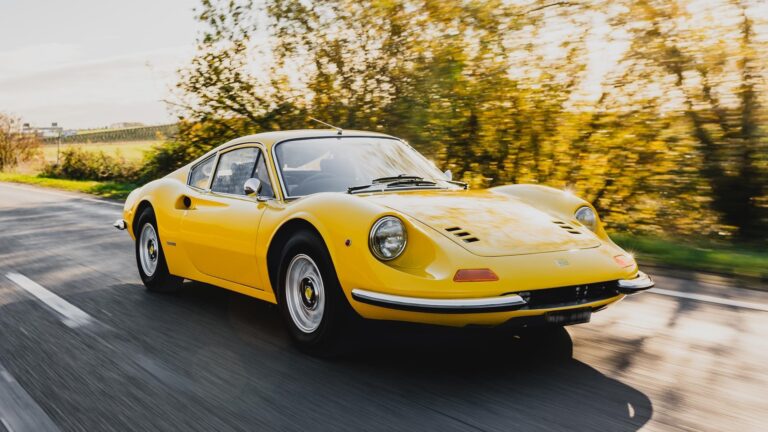
Top Tips for Buying a Used Ferrari Dino 246 GT and 246 GTS (1969-74)
Like any kind of folklore, the stuff of automotive legend can take on a life of its own over time,...
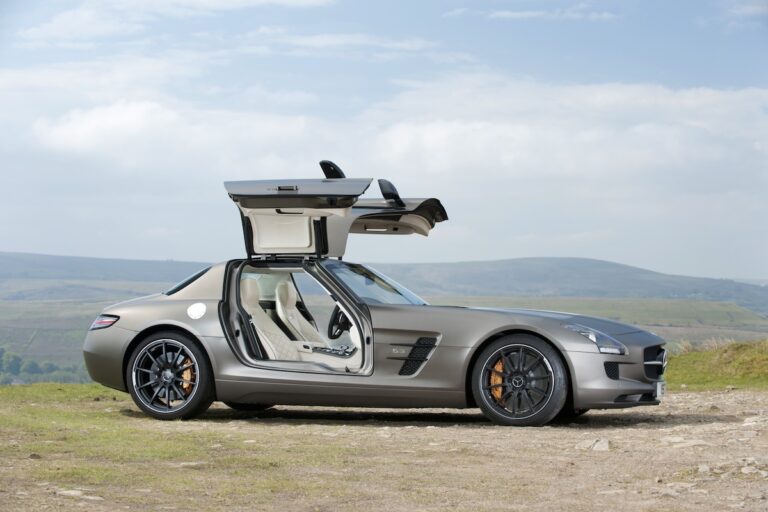
Top Tips for Buying a Used Mercedes-Benz SLS AMG (2010-14)
If you own a Mercedes-Benz SLS then you likely know already the significance of your choice. These cars sit at...

Top Tips for Buying a Used Porsche 911/930 Turbo (1975-85)
If your sports car was based on a design from the 1930s with its engine mounted behind the line of...
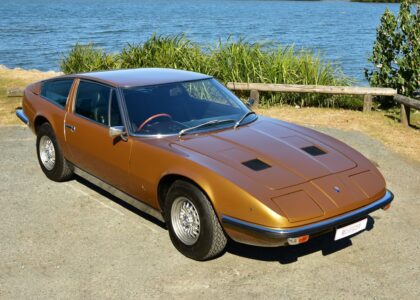
Top Tips for Buying a Used Maserati Indy 2+2 (1969-74)
For car-loving country kids in the 1960s and ’70s, a trip to the Big City offered the chance to stare...

Top Tips for Buying a Used BMW E9 Series Coupe (1968-76)
Who would have thought that the name of Karmann, so long associated with curvy Volkswagen coupes, could also be responsible...

Top Tips for Buying a Used Ferrari 308 GTB/GTS (1975-85)
Who or what inspired Ferrari to abandon exclusivity in favour of mass production is hard to determine, but we do...
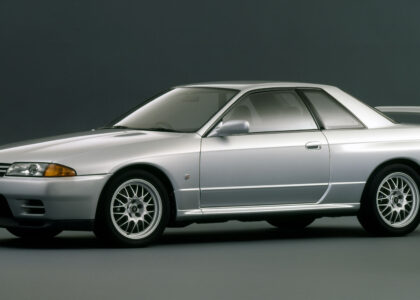
Top Tips for Buying a Used Nissan Skyline R32 GT-R (1989-94)
Few cars created more controversy when new or have remained more evocative in their later years than the Nissan known...
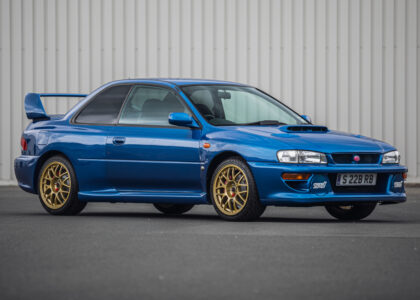
Top Tips for Buying a Used Subaru WRX STI 22B (1998)
In the mid-1980s just as Subaru’s era of rally dominance was emerging, RX Turbo sedans with their horizontally-opposed engines and...
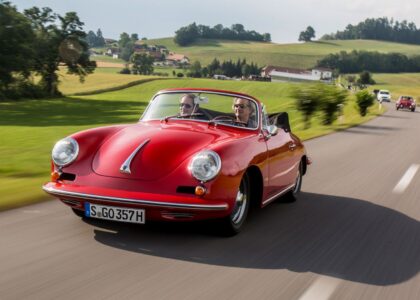
Top Tips for Buying a Used Porsche 356 (1954-65)
Melbourne-based pump manufacturer Norman Hamilton was touring Europe in the summer of 1951 when his rental Oldsmobile 88 was rounded...
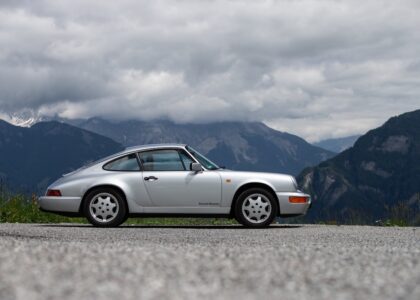
Top Tips for Buying a Used Porsche 964 (1989-93)
It is said that cockroaches, ants and sharks will all survive Armageddon, and to that list we might add the...

Top Tips for Buying a Used Ferrari F430 (2005-10)
Taking inspiration from the exotic Enzo, Ferrari’s F430 brought new levels of sophistication and performance to the Prancing Horse brand’s...
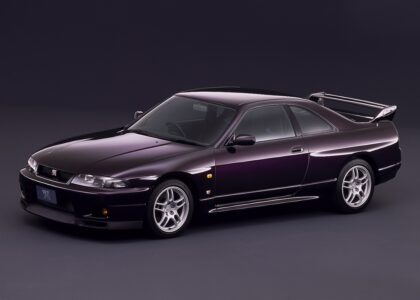
Top Tips for Buying a Used Nissan Skyline GT-R R33 (1995-98)
Few cars produced during the past 50 years have been more influential or controversial than Nissan’s all-wheel drive supercar the...
